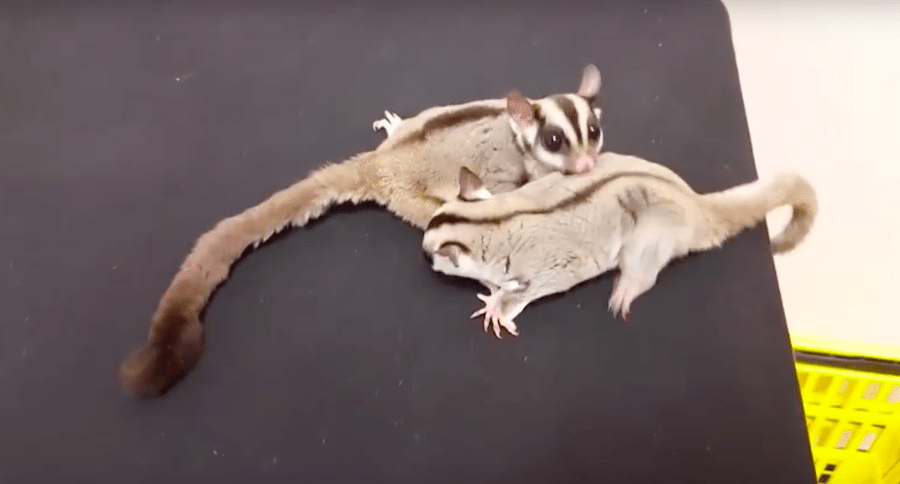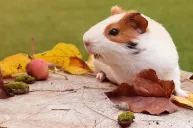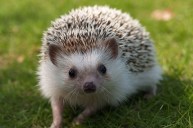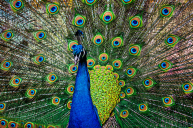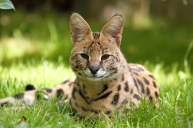Sometimes you're in "eye-of-the-tiger mode" and all about getting stuff done.
Other times (i.e. most of the time), you just want to sit back and watch videos of cute little animals.
If you're in the latter mode, you've clicked on the right link, and you're in for a real treat. What you're about to see is a glimpse into life with sugar gliders.
In the wild, these cute little nocturnal marsupials live in colonies of about 15-20. They reside almost exclusively in trees and "glide" from branch to branch with the help of skin flaps - or membranes - under their limbs, which function like parachutes.
But we digress...you're here to see sugar gliders, also known as sugar bears, so without further ado, meet Psi, "the adventurous one," and Phi, "the shy one":
Sugar gliders are wild animals originally from Australia and Indonesia. And although they can be kept as pets in some areas, they are NOT appropriate pets for beginning pet owners, as they require a great deal of special care and maintenance.
A healthy sugar glider is fed a proper diet found in their natural habitat: fresh fruits and vegetables, live insects, and eggs. You can also buy sugar glider food that's in pellet form and provides all the vitamins and minerals necessary in the sugar glider diet to avoid health issues. The sugar glider lifespan ranges from 12 to 15 years.
Sugar glider owners must provide their nocturnal animals a large cage, big enough for plenty of climbing since they are tree-dwelling marsupials. These small animals are also social animals, so consider getting two sugar gliders.
If you're interested in learning more about the responsibilities of owning a sugar glider, click here. Learn more about sugar glider care from Pocket Pets. Also look to give a sugar glider a new home by adopting! Make sure you check with your city and state regulations as these are still considered exotic animals.
Some additional fun facts about these adorable exotic animals:
- Let's just call it what it is, they are exotic pets (marsupials) not "pet sugar gliders"
- Sugar gliders are Australian possums, small marsupials that are not closely related to our own North American Virginia opossum.
- They are NOT domesticated animals
- They cause mayhem at night when you're trying to sleep
- Sugar Gliders are not flying squirrels
- They have a scent gland in the middle of the top of their head
- They like to eat mealworms (just like my chickens)
- If you do choose to live with a sugar glider (we don't blame you) then you'll need exercise wheels similar to what a hamster has in his cage but you'll need a few for your sugar glider cage
- As far as veterinary care goes, the most common problem is that they're malnourished so a DVM can help you determine what to feed them
- If you need to take their temperature, normal body temperature is 97.3°F +/- 0.7°F (36.3°C)
- Their average lifespan is 12-15 years and they're called sugar bears
- Their native country is New Guinea and Australia
- One fact that everyone should know is HOW cute they are!
- Their scientific name is Petaurus breviceps but just call them sugar bears!
What do you think of these adorable little gliders? Let us know in the comments section!
WATCH NOW: Learn About the Hognose Snake!
